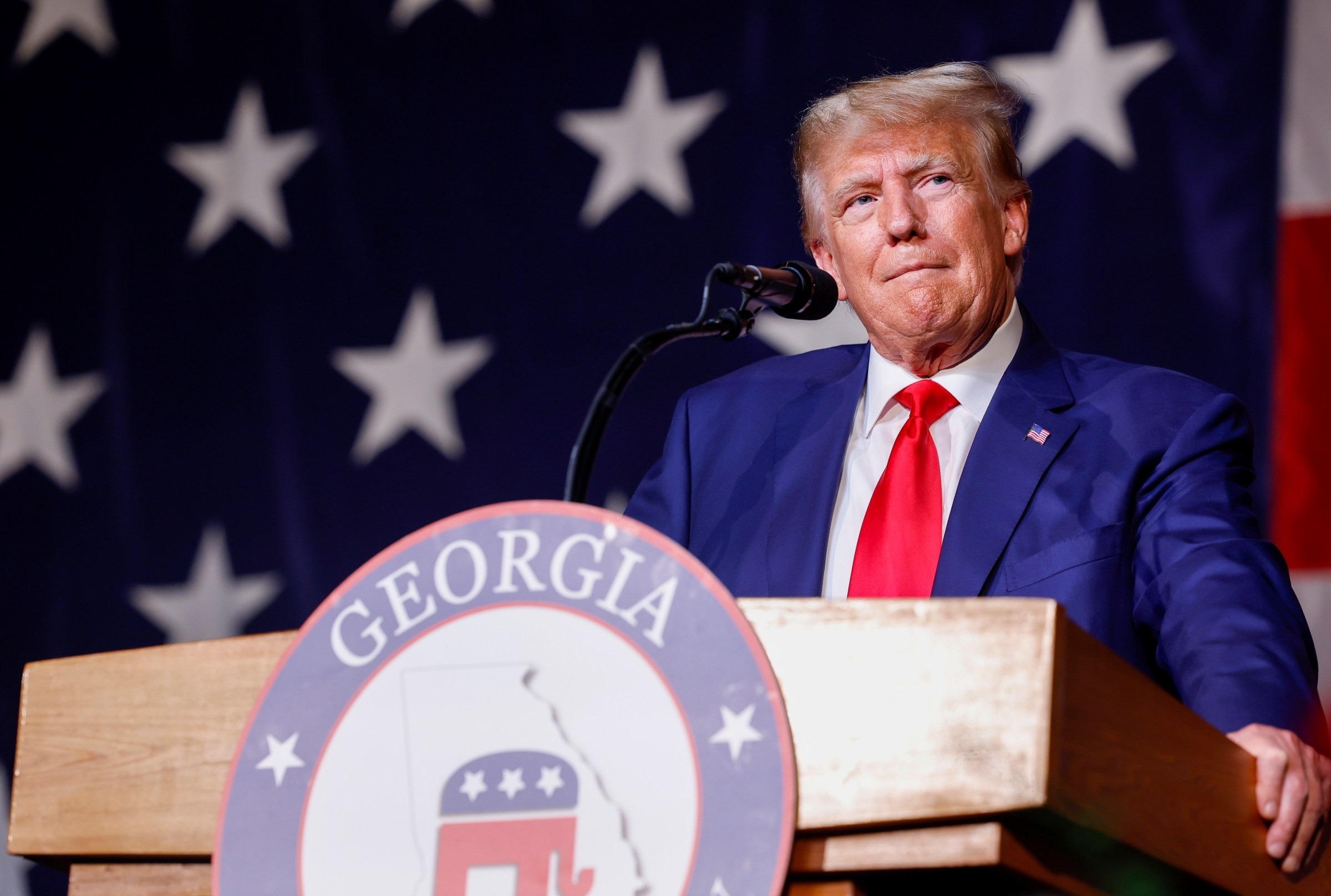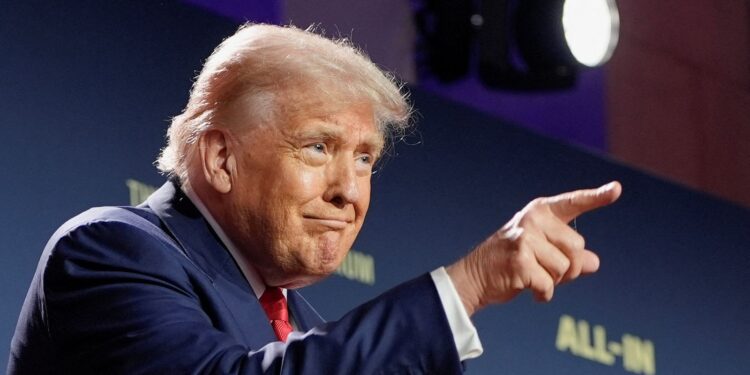When Donald Trump mentioned last year that he would like to be a dictator for just one day, he later said it was all a joke. But this time around, he is openly suggesting he might try to remain in office beyond what the Constitution allows, and he insists he means it.
It’s possible he still sees it as humor, or perhaps not. Mr. Trump enjoys sparking public debate and drawing emotional reactions from his opponents. Talking about a third term that the Constitution does not permit keeps attention on him and delays the point at which he might be treated as a leader whose time is nearly up.

Even some of his political allies laugh it off, while members of his team mock journalists who appear to take him seriously.
Still, the fact that he has now brought up the subject during public conversations adds more doubt to how secure the country’s founding political structure is. For a nation that has been independent for almost 250 years, the belief in rules that limit a president’s power is now facing one of its most difficult periods.
Repeating Past Behaviors While Pushing Limits
Mr. Trump already tried to hold onto power in 2020 after losing that year’s election. He encouraged efforts to reverse the outcome even when the results were clear. He later went as far as asking that the Constitution be suspended so he could return to the White House without holding a new election.
Since returning to office just 11 weeks ago, he has pushed the boundaries of presidential authority more than any recent American leader.
Representative Daniel Goldman, a New York Democrat who worked as the lead attorney in Mr. Trump’s first impeachment, said the latest behavior looks like a continued attempt to shake the structure of American democracy. He believes Trump’s actions are calculated and part of a long-term plan to hold onto greater power.
“Some people are not paying attention to it right now because other stories seem more urgent,” Goldman explained during an interview on Friday.
He was referring to how financial markets were falling due to Trump’s new trade policies. But, he said, the effort to weaken democracy is already happening and should no longer be treated like it’s just a theory or far-off risk.
Trump’s Supporters See Things Differently
For people who back Trump, this line of thinking feels extreme. They argue that Democrats are still angry about losing elections and cannot accept that Trump is popular. These allies insist Trump, now 78 years old, will not truly pursue a third term.
Even if he somehow managed to get around the Constitution, they say, the decision would still come down to what voters want.
Attorney General Pam Bondi, speaking on Fox News Sunday, said she would personally like to see Trump serve for 20 years. “But I think he’s going to be finished probably after this,” she added. When asked why she said “probably,” Bondi admitted that getting past the rules in the Constitution would be very difficult.
From Wild Remarks to Public Expectations
Trump often makes wild statements that shock people at first. But he tends to repeat those ideas until they no longer feel outrageous.
What once seemed completely out of line, like the thought of taking Greenland or Canada, or giving pardons to people who attacked police officers during the Capitol riot, quickly becomes a regular topic in public debate.
This has become a pattern under his leadership. There’s been a long list of examples where Trump showed little regard for American political traditions.
Just within this new term, he has tried to end birthright citizenship protected by the 14th Amendment, overruled Congress on how federal funds are used, removed top military officers to ensure personal loyalty, and punished opposing voices in schools, journalism, law, and government agencies.

The Roots of the Two-Term Presidency
The restriction that limits presidents to two terms dates back to the earliest years of the United States. George Washington, the country’s first president, chose to leave office after serving for eight years, creating a pattern that others followed.
A few presidents, such as Ulysses S. Grant, Theodore Roosevelt, and Woodrow Wilson, showed interest in staying longer, but none actually broke the tradition. Franklin D. Roosevelt was the only one who won a third term in 1940, when World War II was going on, and a fourth term in 1944.
Because of this, Congress, with strong backing from Republicans, passed what became the 22nd Amendment. It clearly stated that nobody could be elected president more than twice. This rule was officially added to the Constitution in 1951 after being approved by enough states.
Conversations About Changing the Rules
Several former presidents have shared their views on the two-term rule. In 1987, Ronald Reagan said he supported the idea of removing the restriction, though not for his own benefit.
Bill Clinton also spoke in 2003 about possibly adjusting the rule so that only two terms in a row would be blocked, leaving room for a future return.
No American president has ever tried to personally go beyond the limit, and it is unclear how Trump could even attempt it. A proposal was introduced in Congress by Representative Andy Ogles, a Republican from Tennessee, that would allow a president who did not serve two terms in a row to run again.
But changing the Constitution requires a two-thirds majority in both houses of Congress and approval from three-quarters of US states, which is extremely unlikely.






















